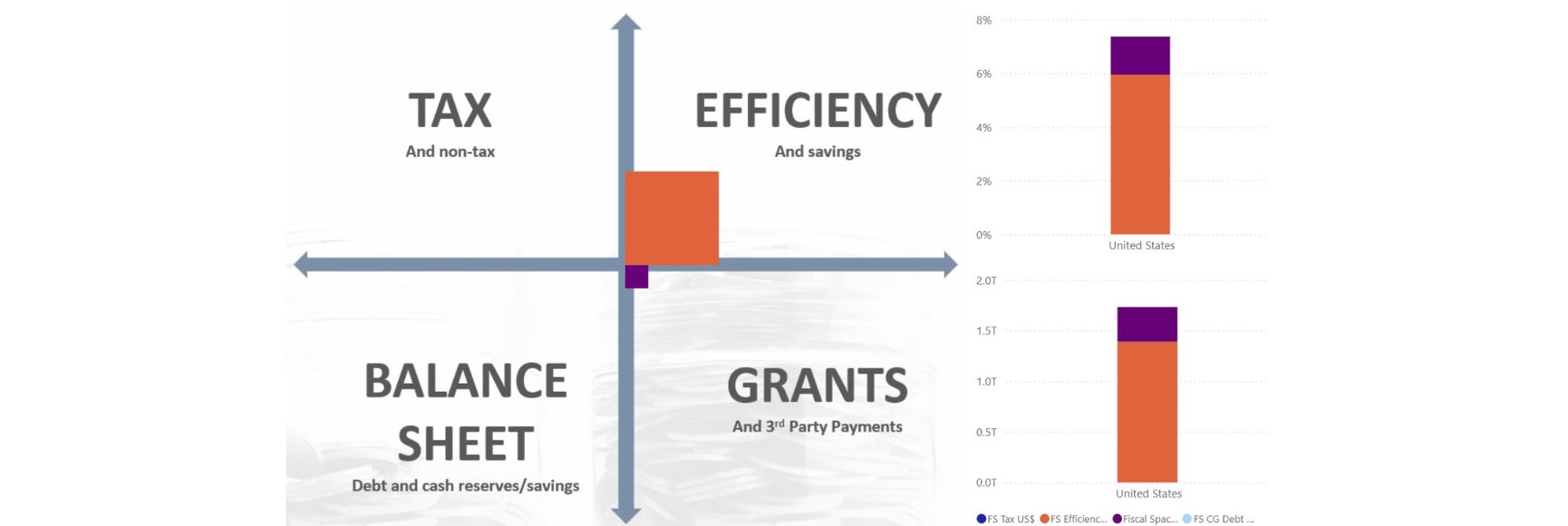Richard Allen was recently interviewed by the PFM Blog about his recent IMF Working Paper―”The Challenge of Reforming Budgetary Institutions in Developing Countries,” WP/09/96. The full text of Richard Allen's working paper is available by clicking on the following link: Download Wp0996[1]
Question: What are the main conclusions of your analysis?
RA: First, reforming public financial management is a frustratingly slow business. In developing countries, the progress of modernizing budgetary institutions needs to be measured in small steps. Major reforms such as introducing a new treasury system or a medium-term budget framework can take a decade or longer. Second, governments, donors and multilateral institutions―including the IMF, I would admit―almost always underestimate the difficulties and challenges, and overestimate the capacity of government to deliver reforms. They fail to learn from the lessons of the past. Third, countries that are now advanced went through similar experiences when they were in the developing phase. Some PFM reforms in these countries have taken up to two centuries to evolve from where many developing countries find themselves today, to where the developed countries are today.
Question: Why is reform so difficult?
RA: The donors will say “lack of political leadership”. In practice, this is a euphemism in developing countries for weak institutions, feeble ministries of finance, bureaucratic rigidities, and rent-seeking practices. These institutional constraints are hard to break. In addition, donors often make reform more difficult by failing to understand the constraints, preaching inconsistent messages, pushing reforms that can accommodate their agendas, placing inexperienced or incompetent advisors in the field, and fighting among themselves for a slice of the technical assistance (TA) cake. They are reluctant to say “no” to ministers who ask for the “wrong” types of reform, such as MTEFs and performance budgeting, that are way beyond the capacity of most countries to implement, and contravene the principle of getting the basics right first―Allen Schick’s famous motto “look before you leapfrog”. In some countries, in Africa, donors have become a major part of the problem, not part of the solution. There are several instances where, for example, World Bank teams and other donors have pushed IFMIS and similar high-tech projects on countries as a way of disbursing loans, and with too little thought to the real needs of the country. In most developing countries, the proper incentives for rapid change―political, administrative, financial―do not exist. Indeed, there are much more prevalent incentives against reform. Budgetary institutions are particularly difficult to reform because they are a primary source of rent seeking.
Question: Are there no success stories?
RA: Very few, if one makes an honest assessment. The countries that have made notable advances in the field―examples include China, Chile and South Africa, and a handful of countries in central and eastern Europe―have often done so for exceptional reasons such as regime change, a new constitution, a civil war, or economic and fiscal meltdown. Exceptionally strong leadership (Mauritius is a good example) can also help. But such conditions are hard to find outside post-conflict countries and a handful of others around the world. Even when some progress is made, it may not be sustained. In Africa, for example, once strong systems in former British colonies have become degraded or dysfunctional. In Europe, several countries affected by the global financial crisis have been shown to have weak and vulnerable budgetary institutions, contrary to the received wisdom prior to the crisis, and endorsed by the European Commission.
Question: Is there a consensus “model” for sequencing PFM reform, e.g., the World bank’s “platform approach”?
In my opinion, no, except perhaps in the theoretical sense. The complexities of the reform process are not amenable to modeling; nor are the enabling conditions, political and administrative, that are critical for success and vary so widely from country to country. The “platform approach” has some intuitive appeal, but its practical value has still to be proven in Cambodia and the other countries where it is being applied. My concern about the approach is that it is over-determined, and too much driven by technical considerations and failure to address key institutional constraints. I don’t believe that it provides a viable model of reform.
Question: Can the PEFA approach help?
RA: Yes, but PEFA is primarily a diagnostic tool, and its role should not be exaggerated. It does not answer the much more difficult question of how to sequence PFM reforms. For example, a PEFA assessment may indicate that country X has 10 or 15 areas of PFM that are fundamentally weak, but how should a government decide which areas to start with? Some recent research by Quist suggests an approach using PEFA assessments to form “activity chains” that identify the most important connections between various components of the PFM process. This is intellectually interesting but is not a solution because reform of institutions is not fundamentally a technical issue, as Douglass North―an author much quoted in my paper―has rightly emphasized. The World Bank recognized the importance of institutions ten years ago, but unfortunately has not applied this idea to much of its work on public financial management.
Question: So is your paper entirely pessimistic on the prospects for reform?
RA: No, not entirely......, but donors and governments need to lower their expectations substantially. In some cases, small steps such as revising the budget calendar, or presenting the budget more simply and transparently can be much more useful than grandiose schemes that prove totally impractical. Even developed countries normally tackle only one major reform a time, compared with the dozens of items typically found in a platform approach document. Unfortunately, such scaled-down approaches to PFM reform are not very appealing to some governments and donors. In my paper, I set out several basic principles (but not a “model”) for successful reform. In a nutshell, these are as follows: start by recognizing the extremely long gestation periods for reforming budgetary institutions; take a few small steps at a time; focus on getting the basics right; don’t take developed countries as the paradigm; empower finance ministries; and don’t forget that PFM is only one small aspect of reforming the public sector which also needs to encompass fundamental changes in the judicial system, civil service management and incentives, strengthening the core policy making functions (cabinet, etc.), organizational restructuring, and so on. So take a holistic view of the reform process, as was done in New Zealand, the U.K. and other public service reform pioneers of the 1980s and 1990s.
Question: To what extent are your views shared amongst fellow TA providers, and what should your analysis mean for the activities of donors and multilateral institutions in the PFM field?
RA: Insufficiently at this stage. Many TA providers have a vested interest in maintaining existing approaches and instruments. Developing countries should not be regarded as a laboratory or playground for the donors. Fresh thinking is required but there is not much incentive for change since TA providers are not sufficiently held to account for the imperfections of the models they use, and the advice they offer. Emphasis should be given to (i) conducting more critical evaluations of TA work in this field, and giving feedback to providers and governments that “bites”, and may affect the careers of the advisors concerned; (ii) upgrading the quality of PFM advisors in the field, who ideally should have more practical experience of government than is generally the case; and (iii) making use of an “honest broker” such as the IMF to provide genuinely impartial advice on PFM reform strategy and its implementation that is disengaged from donors’ lending strategies.
..............................................
Thank you very much for this interview.






